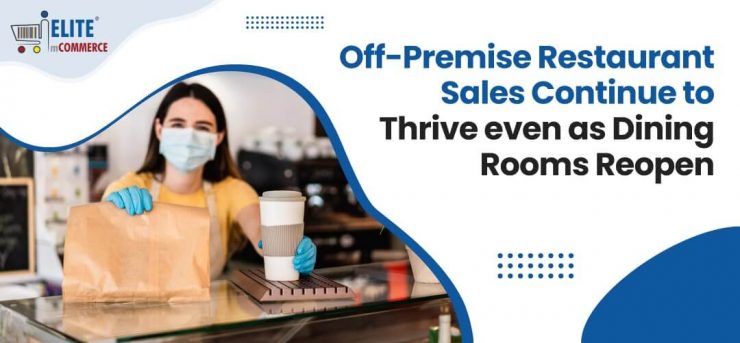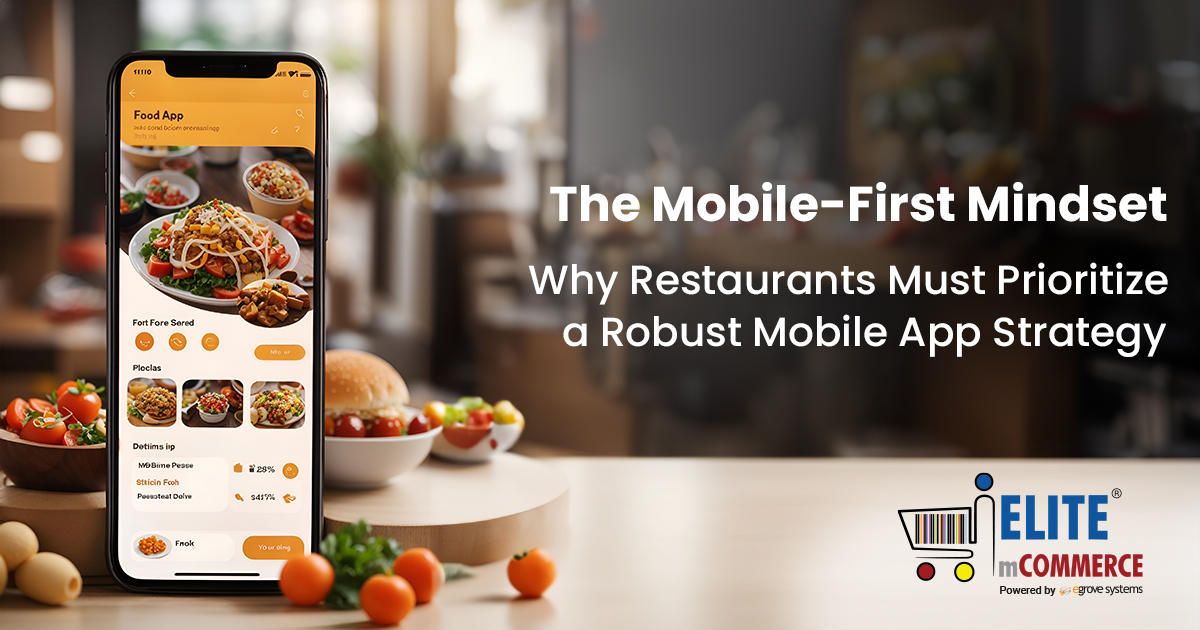The COVID-19 pandemic has led to a sharp increase in off-premise ordering, from drive-thru to curbside pickup to delivery. These were already growing due to the increased technological efficiency of ordering apps, but now they are the only way many restaurants can support themselves. 71% of operators say off-premises sales currently represent a higher proportion of their total business, according to the National Restaurant Association.
Pre-Pandemic Trends
A 2019 report from the National Restaurant Association and Technomic found that consumers reported that nearly 60% of their restaurant occasions are now off-premises, and growth was occurring in off-premises sectors even before the sweeping impact of the pandemic. From 2018 to 2019, the number of customers using drive-thru was up 39%, delivery increased by 34%, and takeout 29%. 92% of consumers said they used drive-thru at least once a month and 90% got takeout at that rate, and usage was stronger in the 18-35 range than in older age groups. The continued growth of drive-thru was impressive considering it did not benefit from the rise of third-party ordering apps like takeout and delivery did, and it is mainly supported by quick-service restaurants.
The Impact of the Pandemic
At the peak of the pandemic’s closures of indoor dining, many restaurants closed permanently, but others have survived thanks to transitioning to off-premise sales. Total food and drink place sales went from $65.4 billion in February to $30 billion in April.
Weekly surveys conducted by the National Restaurant Association found that just under 60% of adults said they ordered takeout or delivery for their dinner meal before the lockdowns, but during the last four months, an average of 65% of adults ordered out for dinner on a weekly basis. Over the same period, an average of 45% of adults ordered takeout or delivery for their lunch meal during the previous week, up from 37% in early March.
Read also:- Best Local citation & listing sites for your Restaurant business
Recovery Sees Continued Off-Premises Sales
Overall restaurant sales rebounded to $52 billion in July, still not fully recovered but improved from the March-April plunge.
It’s expected that as on-premise sales return, off-premise will falter. NPD Group research found that digital orders generated 17% of occasions in August, compared to 20% in April. However, in many cases, off-premises sales have stayed strong even as dining rooms have reopened. Bloomin’ Brands, a parent company of Outback Steakhouse and Carrabba’s Italian Grill, said in a Q2 earnings call that in July when 92% of their dining rooms were open, they still had 45% of sales off-premises.
Dining rooms are still at partial capacity and many eaters are uncomfortable going anyway. A survey from Rewards Network found a 48% decrease in planned dining frequency this fall and winter compared to past years, with the largest attributed reason for the drop being fear of COVID-19. Another survey found that 41% of people weren’t ready to eat in restaurants for another six months.
Long-Term Expectations for Off-Premise Sales
It’s hard to predict what the future will hold for off-premise sales. While they may decline as diners return to eating out, they were already on the rise as younger generations who prefer digital ordering options and drive-thru earn more purchasing power. Both the pandemic and the prevailing mobile delivery trends have led to many restaurant concepts and styles beyond quick-service and fast-casual to support takeout and delivery, which expands the target audience of off-premises to a wider range of tastes.
Restaurants hope to retain the profitability of off-premise orders that don’t take up dining room space while returning to their pre-pandemic customer volume. Many have invested resources into enabling curbside pickup and delivery, as well as new product lines and logistics meant to support off-premise. As more customers have adapted to the technology for convenient ordering, the changes brought to the restaurant industry this year could cause lasting changes to the percentage of off-premise sales to all types of restaurants.









Add comment